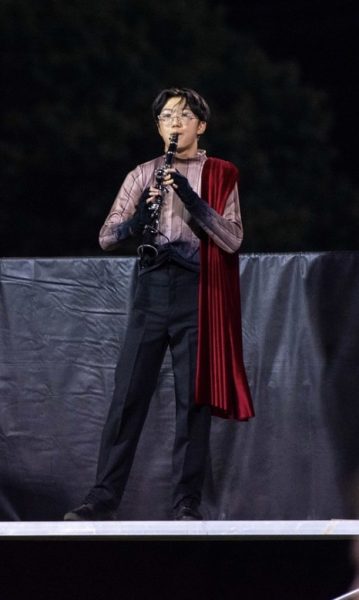End of Daylight Saving Approaches
People would agree that the end of daylight saving time is one of the most anticipated events of the fall season. After all, the idea of staying in bed for one more hour in the morning, buried beneath comforters and pillows and blissfully asleep is one that is appealing to all – even if the hour gained is lost once again in the spring.
“I like it in the fall because I can stay up an extra hour and still get a full night’s sleep.” senior Sana Hafeez said.
Everyone makes a point to take note of when these times change and takes advantage of the opportunity for extra rest. However, few people actually know why the system was implemented in the first place.
In actuality, a similar system to daylight saving time was used by civilizations in ancient times in order to utilize the full hours of the sun for agricultural purposes.
As for the modern adaptation, there are somewhat conflicting accounts for its origin. The popular belief is that Benjamin Franklin conceived the idea in 1784 in an effort to conserve the use of candlesticks. Some disagree and say that New Zealander entomologist George Vernon Hudson first proposed a shift of two hours forward and back in October and April, respectively.
While this argument may never be resolved for certain, documented accounts of a proposal for daylight saving time do actually exist, featuring William Willett’s 1908 proposal of a daylight savings bill to the House of Commons. The bill did not pass, however, and it was not until the era of World War I that the system made official appearances; many European countries put it into place in order to save wartime fuel, and the United States soon followed.
After World War I was over, most of the countries reverted to their regular time schedules and did not use daylight saving time again until Hitler invaded Poland. By the time that had ended, however, it was common knowledge that participation in daylight saving time saved thousands of barrels of oil for national governments, as well as hundreds of dollars in energy bills for individual households. In 1966 the United States Congress passed the Uniform Time Act, requiring all states and regions to observe daylight saving.
However, the benefits of daylight saving time are actually more deceiving than they seem. Though it is true that much energy was saved during the war effort, this was only because the shifted time scales were implemented for a relatively short period of time.
Now, it seems to be more of a nuisance than a benefit. Because of the change in the spring, sunlight heats homes for longer periods during the day, costing homeowners through air conditioning. In the fall, the premature sunset necessitates the increased use of heaters and light, which also adds to energy bills.
The daylight saving time system, although a valiant effort to make people utilize natural sunlight instead of electricity, no longer seems applicable to the modern world.
“I don’t think it makes sense,” senior Alan Nguyen said. “Even if you gain an hour in the winter, you lose it again in the spring anyway so it doesn’t even really make a difference.”
This year, daylight saving time ends at 2 a.m. on Sunday, Nov. 3.
Your donation will support the student journalists of McNeil High School. Your contribution will allow us to purchase equipment and cover our annual website hosting costs.




